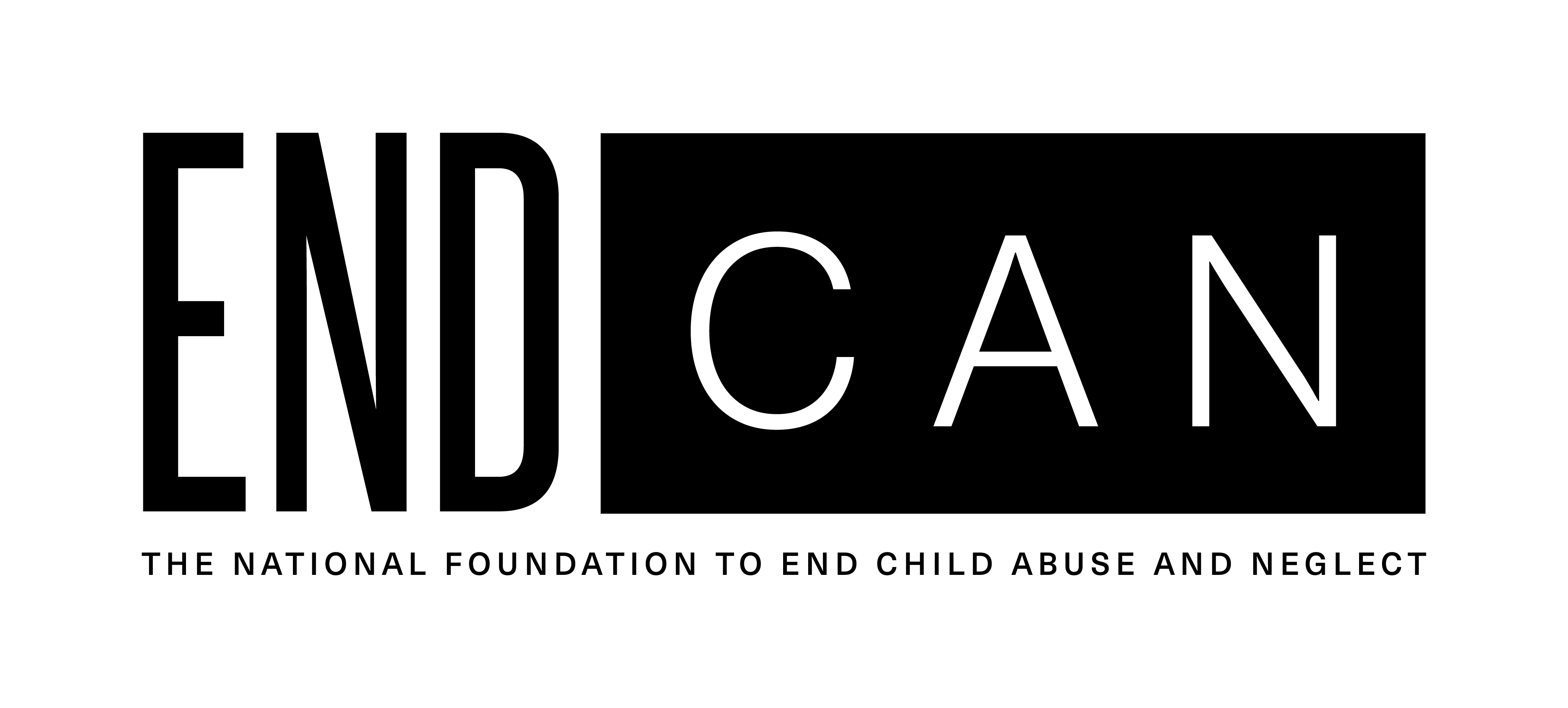

Dr. Richard Krugman
EndCAN Co-Founder & Board Chair
Episode 22: Envisioning the End of Child Abuse and Neglect
EndCAN’s co-founder and Board Chair, Dr. Richard Krugman, explains the history of Henry C. Kempe and his impact on the field of child abuse and neglect.
- A Good Knight For Children: C Henry Kempe’s Quest to Protect the Abused Child by Annie Kempe
- The Battered Child Syndrome research paper
- The Kempe Center for the Prevention and Treatment of Child Abuse and Neglect
Episode Transcript
Transcript of the Louder than Silence Podcast
Episode #22 – Envisioning the End of Child Abuse and Neglect
Transcribed by Adam Soisson
[Inspirational theme music plays.]
>> Lori: Thank you for joining us. In this podcast, we are real people, talking about real things. Child abuse and neglect: a topic that is all too often left in the shadows of silence, leaving survivors alone, fearful, and oftentimes without a voice. We’re having conversations to become Louder Than Silence. It is here, where we will invite you to join us and be the change needed to end child abuse and neglect.
>> Dick: This is Dick Krugman, I’m Chair of the Board of the National Foundation to End Child Abuse and Neglect. I have been involved in child abuse work really since 1968 when I saw my first case that’s discussed on another podcast. What I’d like to talk about now is Henry Kempe’s work, how he viewed child abuse and why I think his approach is so important for us to learn about. In the early 1970s, the National Center for the Prevention and Treatment of Child Abuse and Neglect was here in Denver and it was a multidisciplinary team of professionals from pediatrics, psychiatry, psychology, social work, education, law enforcement, civil and criminal attorneys who all worked together to try to sort out what at that time was the early approach of the field. First, how do we identify physical abuse and neglect as issues; how do we identify the children and families where this is an issue. How do we intervene and provide treatment so that whatever abuse is going on won’t happen again and if we know how to identify and treat a problem, more important is how do we prevent it. How do we keep it from happening in the first place. The Center was an amazing place and in the 1970s people came from all over the United States and all over the world to watch Henry and his colleagues deal with cases where children were abused and neglected and to see how the assessment was made about whether the abuse was happening and how to approach the family and evaluate the family so that you could treat them and keep it from happening again. In the early days 90% of the families who were treated at the center had their children back with them and they were not abused again. It was a very thorough understanding of what it was that lead to a broken arm if it was a broken arm, or to the shaking or to the beating of a child and what was necessary for the city and county to provide by way of help. The problem was that what worked in a series of 10 or 100 families that were treated by these superbly trained professionals, wasn’t some thing that could be easily replicated in 3,347 counties in the United States. The interesting thing about abuse as a problem is that the jurisdiction – the child welfare jurisdictions – are county based here in Colorado and every county has a different approach. This is part of the issue that we’ve had in trying to really make this field move ahead. The Center, among other things, first had a resource center. There was a library and anyone around the country who wanted information could find it and there were hundreds of phone calls or requests by mail. This was before the internet in the 1970s so there was a resource center. There was also a child protection team who were a group of professionals who evaluated each case that came to the hospital. There were individual and group treatment services that were provided. One of the best treatment programs was a therapeutic preschool which was in the lower level of the Center, had three to five year old children who in the early 70s were children who were primarily physically abused but from the late 1970s on, it was a preschool for sexually abused children. In 1977, after 15 years of work in the area of physical abuse, Henry Kempe gave a talk – he actually didn’t give the talk because he had a heart attack right before he was supposed to give it – but it was again at the Academy of Pediatrics and he entitled it The Sexual Abuse of Children: A Hidden Pediatric Problem. What he was bringing attention to was that abused children in general and absolutely sexually abused children in particular will not talk about what’s happened to them because the individuals who are abusing them enforce the secret. Because they never talk, we never knew what was happening. It’s not as if sexual abuse hasn’t been around for thousands of years. It has. But none of us in our pediatric training in early days never even thought about asking about it. To this day, I remember a 14 year old girl who I took care of in 1969 and who came into the hospital having taken 50 phenobarbital sedative tablets and 50 aspirins trying to kill herself. I worked all weekend with my senior resident trying to get her out of a coma, then she spent the next 4-5 days on the ward because I insisted she see a child psychologist and while she was on the ward she was very sexually precocious. She was flirting with medical students and it just seemed like odd behavior in 1969. Later, by 1980 I realized that she was probably sexually abused because one of the ways children who are being abused who can’t say it is they try to bring attention to themselves or they try to get out of this situation by becoming suicidal. Interestingly, the secret around child sexual abuse changed dramatically in 1991. I happened to Dean of the University of Colorado Medical School then and a former Miss America by the name of Marilyn Van Derbur gave a talk that I arranged at the medical school on her childhood. Marilyn was Miss America, NCAA champion skier and straight A student who disclosed in 1991 that from age 5 to age 18 she had been sexually abused every night by her father who was a well-to-do pillar in the Denver community. The mental and physical health consequences that Marilyn suffered were substantial and when she disclosed her past that led to an explosion of women in the United States who could finally talk about their incest and prior sexual abuse. She set up a program that was an offshoot of the Kempe Center called Sunrise and that program treated adult incest survivors, women who had survived incest and were doing well. Interestingly in 1998 a woman stopped me at Denver International Airport and asked me if I was Dr. Krugman. She gave me her name and she was in fact the 14 year old who I had taken care of in 1969 and she said, “I’ve watched your career here in Denver and I just wanted to say thank you. I remember that when I woke up from my coma, you spent almost the whole night talking with me trying to convince me not to commit suicide and to please see a child psychiatrist and I did see him. I never told him what was going on but he did keep me from committing suicide again. Then in 1991 you organized that event with Marilyn Van Derbur and I went to the Sunrise program and I’ve been treated and as an incest survivor I’m now married and have two children. I just wanted to say thank you.” I thought to myself it is amazing how much we don’t know if we don’t ask because this is a place, this field in particular, that the shame and stigma that happens when children are abused, sticks with them for a long time. So the history of Henry, the Kempe Center, its involvement in Marilyn Van Derbur coming to the Center for help. Our helping her have a platform. The Center has started many programs over the years that they’ve exported around the world and its job is to be really the locus of where this field needs to go. That’s a little bit why my office is back at the Kempe Center because I’m no longer Dean. It’s a little bit why the National Foundation to End Child Abuse and Neglect came out of this Center and is now nationally trying to do for the field of child abuse and neglect, what the March of Dimes has done for polio and for prematurity. What the American Heart Association has done for coronary artery disease and what the American Cancer Society has done for cancer. I hope this little history has been interesting. If you have any questions let us know. You can see us on our website at endcan.org. This is Dick Krugman.
>>Lori: I want to thank each of you again for joining us today and listening in. If you or someone you know is being abused, please call 1-800-4-A-CHILD. To learn more about EndCAN, visit www.endcan.org or find us on all social media platforms. Join us in being Louder than Silence and being a part of the change. Please leave a comment, like our podcast, or share with your friends. The more the word spreads, the more of a collective impact we can have. If you have a question or you know someone who would want to be a guest on our podcast, please contact bethechange@endcan.org. Thanks again, and have a great day.
<END>


